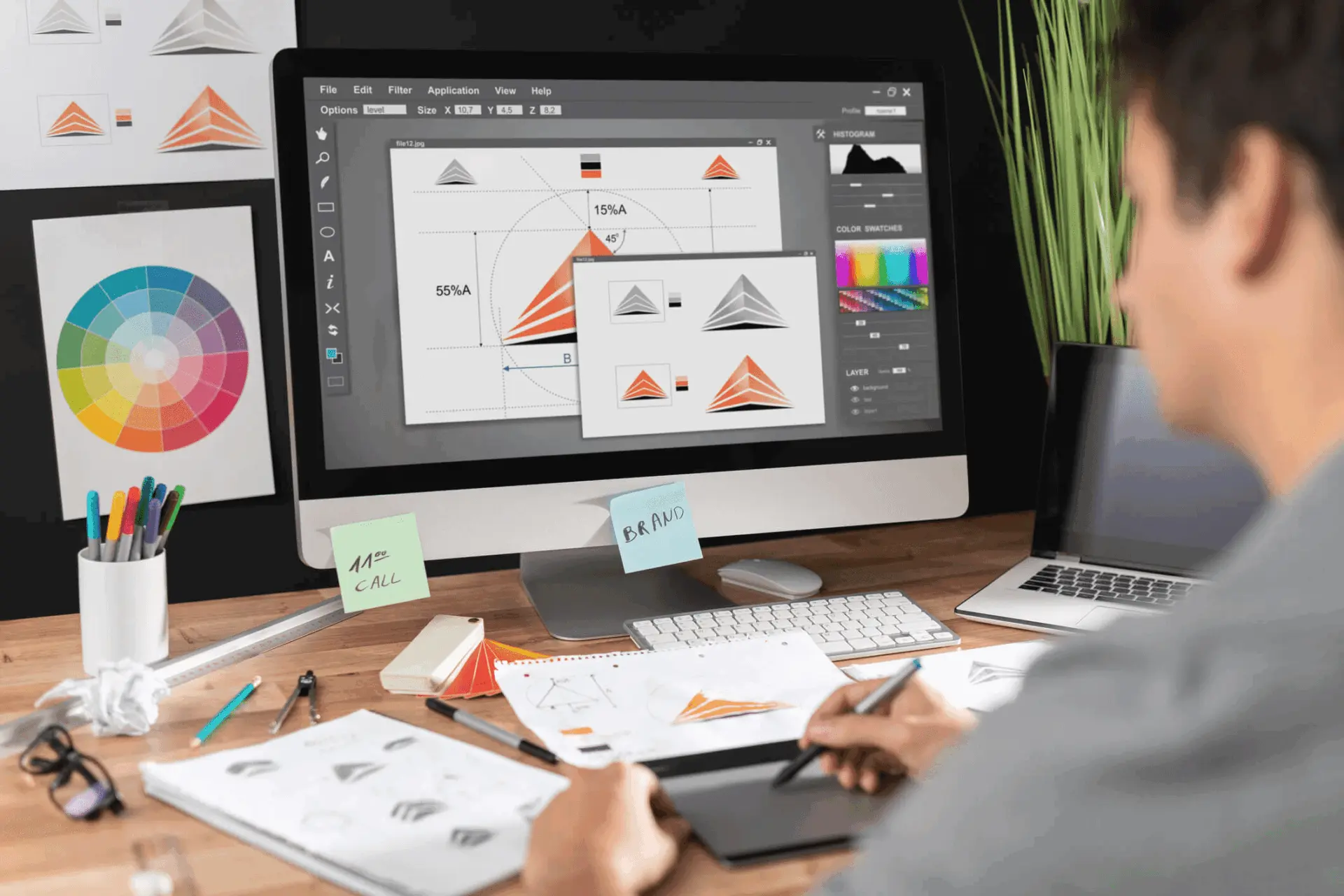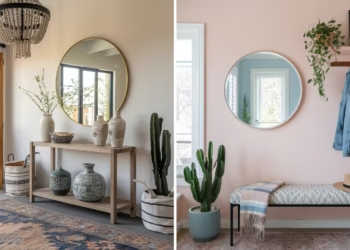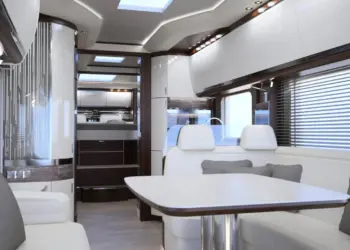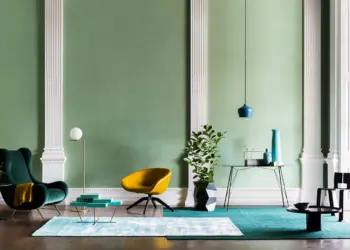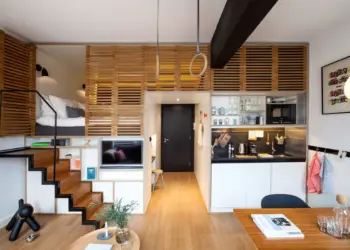Graphic design has emerged as an integral component of the modern creative landscape, encompassing a diverse array of career opportunities for individuals with a passion for visual storytelling and design innovation. From creating captivating visual identities for brands to crafting engaging user interfaces and dynamic motion graphics, the realm of graphic design offers a multitude of avenues for aspiring designers to explore and establish fulfilling and impactful careers. In this comprehensive guide, we delve into the intricacies of graphic design careers, highlighting the various types of roles within the industry, essential skills required for success, and invaluable insights on how to build a rewarding and successful graphic design career.
Table of Contents
Introduction in Graphic Design
In the digital age, where visual communication plays a pivotal role in shaping brand narratives and user experiences, the demand for skilled graphic designers has witnessed a significant upsurge across various industries. From the development of captivating marketing collateral to the conceptualization of immersive digital experiences, graphic designers play a crucial role in translating creative visions into compelling visual representations that resonate with audiences on a profound level.
What is Graphic Design
At its core, graphic design is the art of visual communication, encompassing the strategic use of imagery, typography, and layout to convey messages, evoke emotions, and convey complex ideas in a visually engaging and accessible manner. Whether it’s designing logos, websites, advertisements, or product packaging, graphic designers leverage their creative prowess and technical expertise to craft visual narratives that captivate and inspire audiences while fulfilling specific communication objectives.
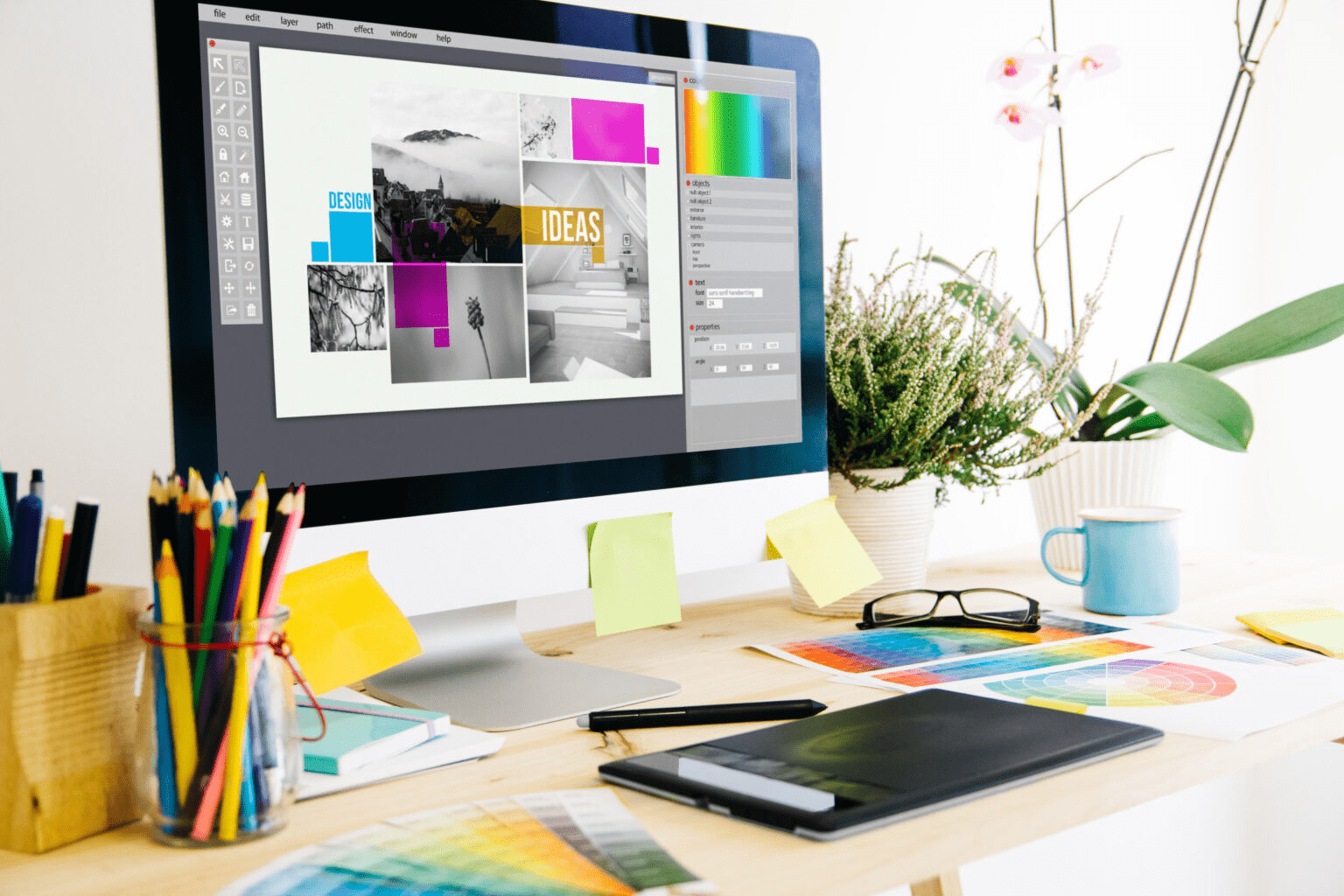
Types of Graphic Design Careers
1. Visual Identity Designer
Visual identity designers are responsible for crafting cohesive and visually compelling brand identities that resonate with a brand’s essence and values. They create logos, color palettes, typography, and other visual elements that encapsulate a brand’s personality and unique selling propositions.
2. UI/UX Designer
UI/UX designers focus on creating seamless and intuitive user experiences for digital products and platforms. They combine user-centric design principles with a deep understanding of user behavior to develop interfaces that are visually appealing, user-friendly, and optimized for a superior user experience.
3. Motion Graphic Designer
Motion graphic designers specialize in creating animated visuals and graphics that are used in various multimedia projects, including films, television, websites, and advertisements. They utilize animation software and design techniques to bring visual elements to life and enhance the overall storytelling experience.
4. Web Designer
Web designers are tasked with conceptualizing and creating visually engaging and user-friendly websites. They focus on layout, user interface design, and overall website aesthetics to ensure a seamless and visually captivating online experience for users.
5. Branding Designer
Branding designers work closely with businesses to develop and establish strong brand identities. They collaborate with marketing teams to create brand guidelines, logos, and other visual elements that communicate the essence of a brand to its target audience and foster brand recognition and loyalty.
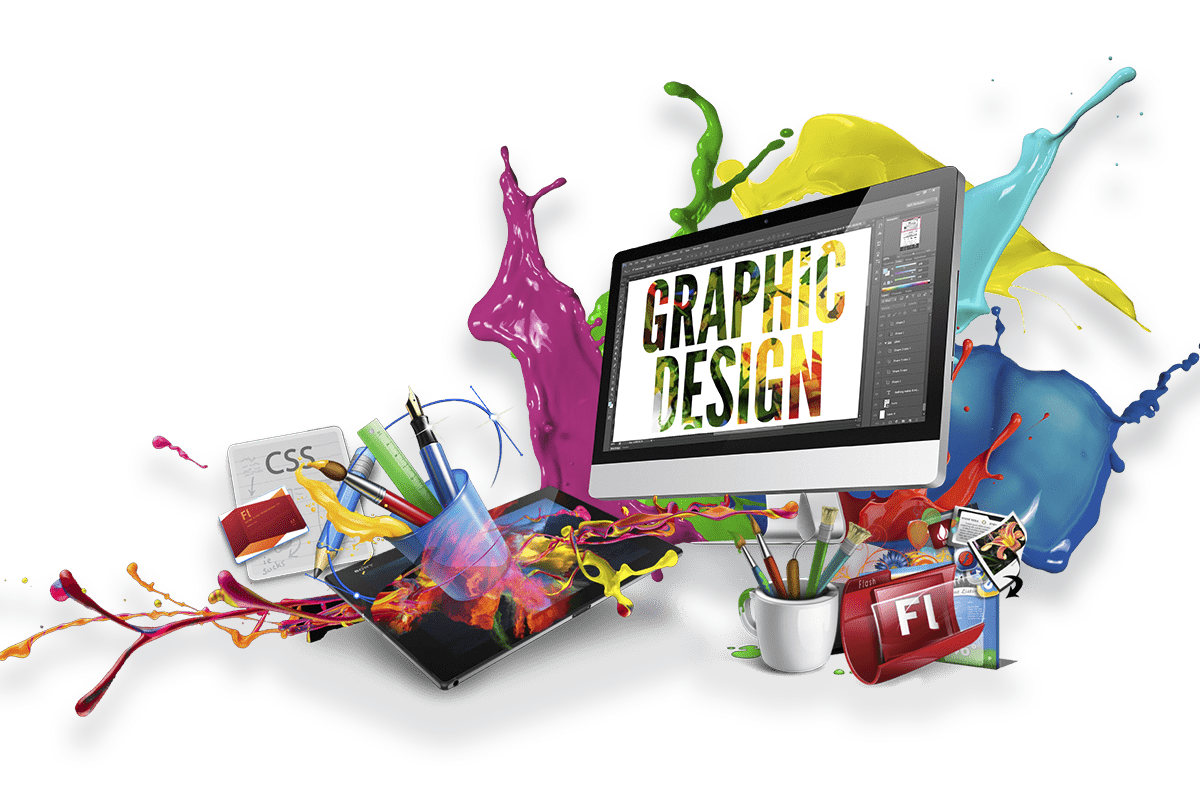
Skills Required for a Graphic Design Career
1. Creativity
Creativity serves as the cornerstone of a successful graphic design career, enabling designers to ideate and conceptualize innovative and visually appealing design solutions that effectively convey messages and evoke emotions.
2. Technical Skills
Proficiency in various design software and tools, such as Adobe Creative Suite, is essential for graphic designers to execute their creative visions seamlessly and efficiently. Familiarity with design principles and techniques is also crucial for creating visually impactful designs.
3. Communication Skills
Effective communication skills are vital for graphic designers to understand client requirements, collaborate with team members, and present their design concepts and ideas in a clear and concise manner. Strong communication skills facilitate a smooth and productive workflow, ensuring that design projects align with client expectations and objectives.
4. Time Management
Time management is an indispensable skill for graphic designers, as they often work on multiple projects simultaneously and face strict deadlines. The ability to prioritize tasks, manage project timelines effectively, and deliver high-quality work within stipulated timeframes is crucial for ensuring client satisfaction and project success.

How to Build a Successful Graphic Design Career
1. Building a Strong Portfolio
Aspiring graphic designers should focus on curating a diverse and comprehensive portfolio that showcases their creative capabilities and design expertise. A well-organized portfolio that highlights a range of projects and design styles serves as a powerful tool for demonstrating one’s skills and attracting potential clients and employers.
2. Networking and Collaboration
Networking with industry professionals and fostering collaborative relationships with peers and mentors can significantly contribute to the growth and advancement of a graphic design career. Engaging in design communities, attending industry events, and seeking mentorship opportunities can provide valuable insights and open doors to new career prospects and collaborative projects.
3. Continuous Learning
Staying abreast of the latest design trends, technological advancements, and industry best practices is essential for maintaining a competitive edge in the dynamic field of graphic design. Engaging in continuous learning through online courses, workshops, and design seminars can help graphic designers refine their skills, expand their knowledge, and adapt to the evolving demands of the industry.

Importance of Graphic Design in Shaping Interior Spaces
Within the realm of interior design, the incorporation of graphic design serves as a fundamental pillar that enriches the overall visual appeal of various environments. By seamlessly integrating graphic elements, interior designers can elevate spaces beyond conventional design norms, fostering a unique ambiance that resonates with the desired narrative.
Enhancing Visual Appeal through Graphic Elements
The strategic placement of graphic elements such as wall murals, decals, and art installations can infuse character and vibrancy into otherwise mundane interiors. By incorporating visually stimulating graphics, designers can instill a sense of dynamism and visual interest that captivates occupants and visitors alike.
Integrating Typography in Interior Design
Typography, a cornerstone of graphic design, finds a compelling application within interior spaces, enabling designers to convey messages and evoke emotions through carefully selected fonts and textual arrangements. Whether it’s inspirational quotes adorning walls or custom typographic installations, the creative use of typography can establish a distinctive visual language that resonates with the occupants’ sensibilities.
Role of Color Schemes and Palettes in Graphic-Infused Interiors
The integration of graphic design principles in interior spaces significantly relies on the strategic implementation of color schemes and palettes. By harmoniously blending colors and hues, designers can create cohesive environments that evoke specific moods and narratives, fostering a deeper connection between the space and its users.
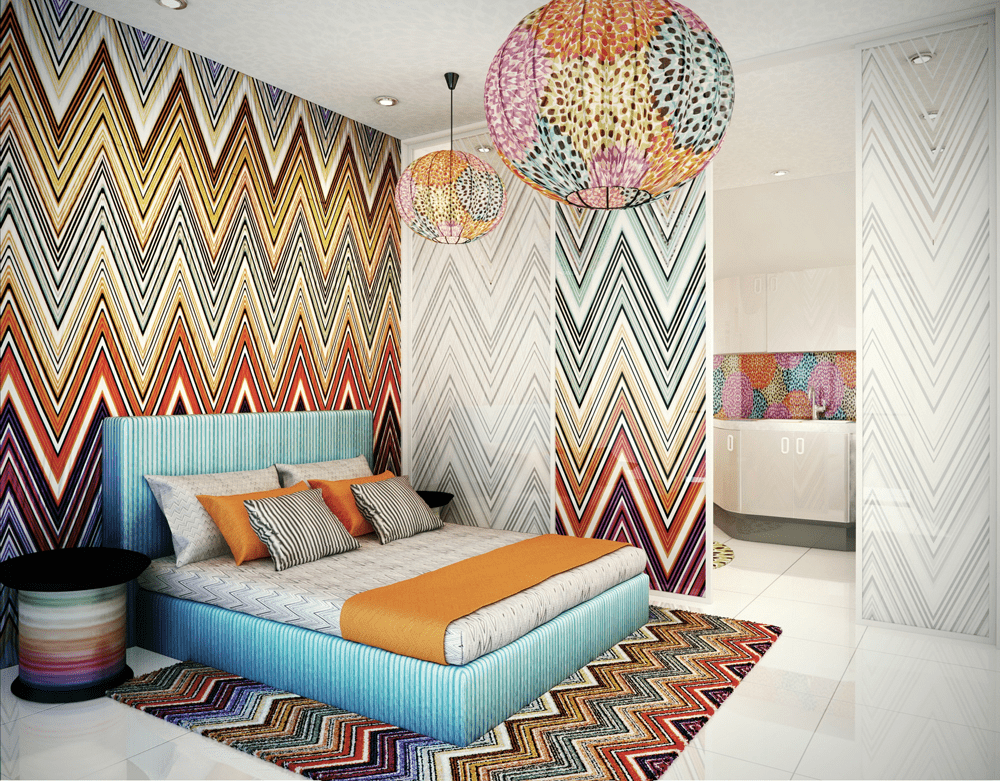
Creating a Cohesive Brand Identity within Interior Spaces
In the realm of commercial and corporate interiors, the infusion of graphic design plays a pivotal role in establishing and reinforcing brand identities within physical spaces. By seamlessly aligning interior aesthetics with brand messaging, companies can create an immersive experience that amplifies their brand presence and ethos.
Applying Logos and Branding Elements in Interior Design
One of the key aspects of incorporating graphic design in commercial interiors is the strategic placement of logos and branding elements. By integrating company logos and brand motifs into various design elements, such as wall graphics, floor patterns, and furniture designs, organizations can reinforce their brand identity and cultivate a lasting impression among clients and visitors.
Utilizing Digital Displays and Screens
The integration of digital displays and screens within interior spaces presents an innovative approach to blend graphic design with user engagement. By incorporating interactive digital installations and displays, designers can create immersive environments that offer dynamic storytelling and engaging visual experiences, leaving a lasting impression on the audience.
Incorporating Infographics and Wall Graphics for Informational Purposes
In educational and informational environments, the use of infographics and wall graphics serves as an effective tool for conveying complex information in a visually appealing and accessible manner. By incorporating informative graphics, such as maps, charts, and diagrams, designers can facilitate effective communication and knowledge dissemination within the space.
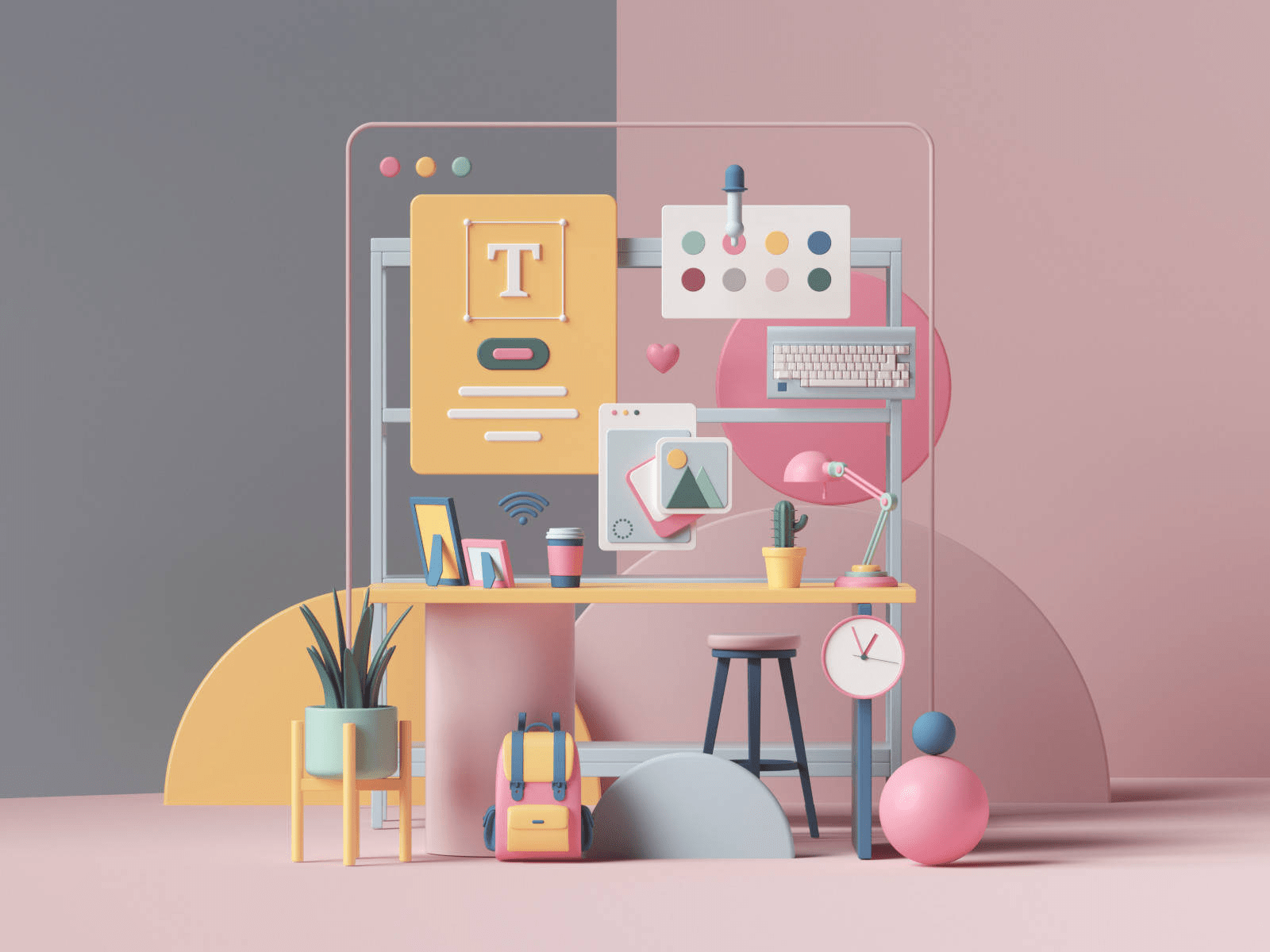
Evolving Trends in the Fusion of Graphic Design and Interior Spaces
As the design landscape continues to evolve, emerging trends in the fusion of graphic design and interior spaces have redefined the possibilities of creative expression, fostering innovative design approaches that cater to diverse user experiences and preferences.
Incorporating Augmented Reality (AR) and Virtual Reality (VR)
The integration of augmented reality and virtual reality technologies within interior design has opened new dimensions for creating immersive and interactive environments. By leveraging AR and VR applications, designers can offer personalized and interactive experiences that blur the boundaries between physical and digital realms, providing users with unparalleled engagement and exploration opportunities within the space.
Sustainability and Eco-Friendly Graphic Design in Interiors
The contemporary design landscape emphasizes the significance of sustainable and eco-friendly practices, and the integration of graphic design within interiors is no exception. By utilizing environmentally conscious materials and design techniques, designers can contribute to creating eco-friendly interiors that promote sustainability and environmental stewardship, fostering a holistic approach to design and responsible living.
The Influence of Minimalism and Maximalism in Graphic-Infused Interiors
The contrasting design philosophies of minimalism and maximalism have found their place in graphic-infused interiors, offering diverse expressions of visual narratives and design aesthetics. While minimalism advocates for simplicity and clean lines, maximalism celebrates bold and extravagant graphic elements, allowing designers to experiment with diverse design styles and create spaces that reflect unique design sensibilities and user preferences.

In essence, graphic design careers offer a dynamic and rewarding pathway for individuals with a passion for creativity, innovation, and visual storytelling. With a diverse array of career opportunities, ranging from visual identity design to web development and branding, graphic designers have the opportunity to make a profound impact across various industries and contribute to the visual landscape in meaningful and impactful ways. By nurturing a blend of creative and technical skills, fostering effective communication and time management, and embracing continuous learning and collaboration, aspiring graphic designers can embark on a fulfilling and successful career journey that thrives on creativity, innovation, and the power of visual storytelling.
FAQs
What software skills are essential for a career in graphic design?
Proficiency in design software such as Adobe Photoshop, Illustrator, and InDesign is essential for graphic designers, along with a working knowledge of design principles and techniques.
How important is formal education in graphic design for career success?
While a formal education in graphic design can provide a strong foundation and in-depth understanding of design principles, many successful graphic designers have built their careers through self-learning, practical experience, and continuous skill development.
What are some key attributes that employers look for in graphic design candidates?
Employers often seek candidates with a strong creative vision, attention to detail, the ability to work collaboratively, and a keen understanding of market trends and consumer preferences.
How can aspiring graphic designers stay inspired and motivated in their career journey?
To stay inspired and motivated, aspiring graphic designers can explore diverse design styles, participate in design challenges and competitions, seek mentorship from industry professionals, and engage in continuous learning through workshops and design communities.
What are some emerging trends in the field of graphic design that aspiring designers should be aware of?
Some emerging trends in graphic design include the use of augmented reality and virtual reality in design, the integration of sustainability and eco-conscious design practices, and the emphasis on inclusive and accessible design solutions that cater to diverse audiences and user experiences.
What are 10 careers in graphic design?
Some careers in graphic design include web designer, art director, animator, creative director, and UX designer.
Is graphic design is a good career?
Yes, graphic design can be a rewarding career path, especially for individuals passionate about art and creativity.
What is the career field of a graphic designer?
The career field of a graphic designer encompasses visual communication, branding, advertising, and multimedia design.
Do graphic designers make a lot of money?
Graphic designers can earn a good living, with salary levels varying based on factors such as experience, expertise, and location.
